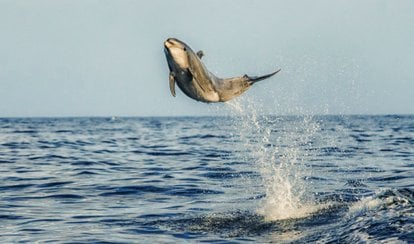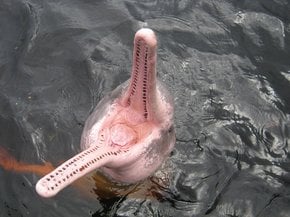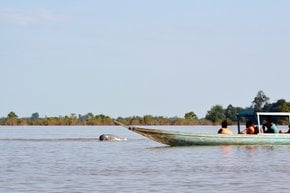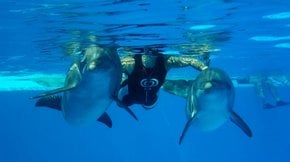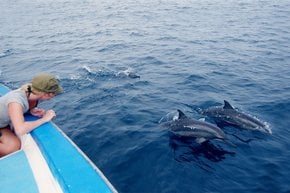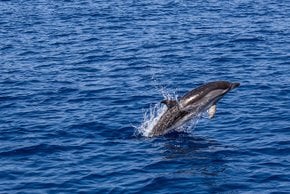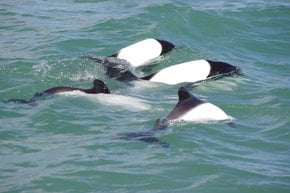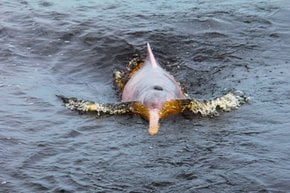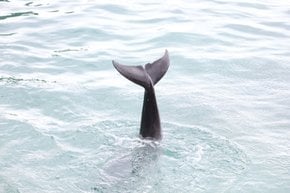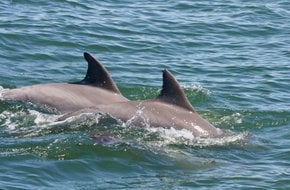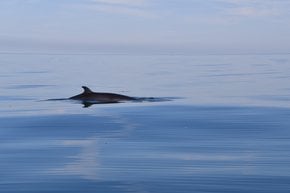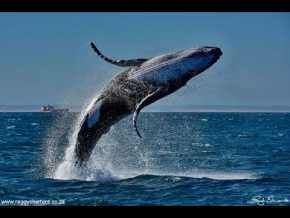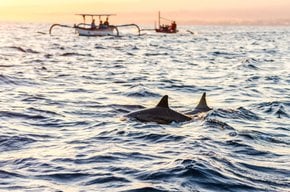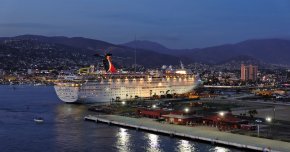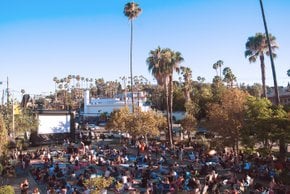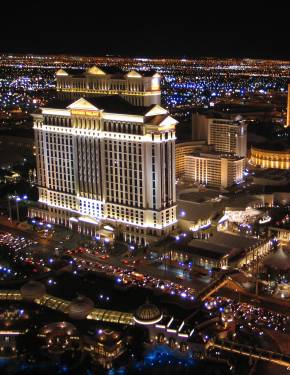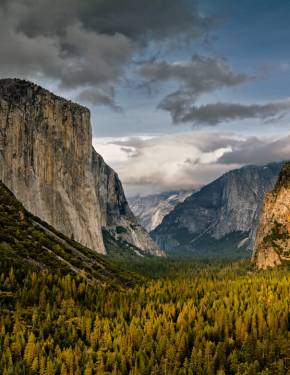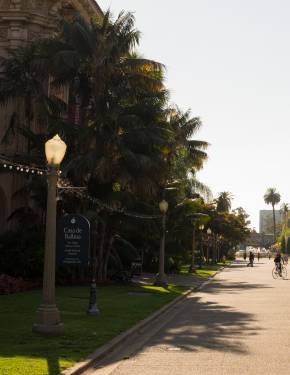Whale and Dolphin Watching in Los Angeles 2025-2026
To see a giant mammal in the Pacific and hear its powerful voice is a memorable event
Best time: December–May
In Los Angeles, you can see grey whales through binoculars, standing on the shoreline. The migration can be observed from December to May. During this season, they keep closer to the coast. Be sure to take a camera with you to capture the pirouettes of grey whales over the water in their natural environment. After all, finback whales are real acrobats and love to show off to the public. Dolphins can also be seen in the coastal waters during this time.
California Gray Whale Migration
Gray Whales, one of the largest species on Earth, perform their annual migration from late February up until April. During the summer, the whales spend their days in the Arctic waters, leaving in September for the warmer waters of California and Mexico in the south. This trip can last until December, after which the whales settle down, nest, and breed. In early spring, these creatures set off from their breeding grounds to the northern waters of the Arctic, repeating the cycle. During this time, you can spot large pods of whales even from the shore.
Dolphins
Dolphins live in the Los Angeles coastal waters. You can see numerous species of dolphins during the wildlife spotting tours, including the common dolphin, bottlenose dolphin, pacific white-sided dolphin, and the large Risso's dolphin all year round. The largest member of the dolphin family, orcas, also often visit the coast too. You can see them mostly in December and January, although witnesses have seen orcas at other times of the year too.
Best Places for Whale & Dolphin Watching
Since both whales and dolphins tend to swim in the coastal waters during early winter and up until late spring, your best bet is to travel to Los Angeles harbors. Approximately 20,000 gray whales migrate through the waters near Los Angeles. Though mainly used for cargo shipments, San Pedro port in the city also offers whale-watching tours. At Newport Beach, 45 miles (72 km) from Los Angeles, you'll have a chance to witness gray whales during the winter, as well as finback whales, minke whales, and common dolphins.
You can also see whales in the open ocean—in the nature reserve Point Dume near Malibu and Point Fermin Park near Long Beach by boat. An underrated spot, Santa Barbara Channel, is a prime spot to witness large pods of dolphins and California gray whales.
Whale Watching Tours
The success rate of whale watching in the coastal waters of Los Angeles and Newport Bay reaches an impressive 96%. The tours are 3-4 hours long, but some operators require only 2 hours or extend their excursions to 5 hours. The cost generally varies around $30-80 for adults, depending on the location. Tours take place year-round but remember that during some months, you'll be more likely to spot a whale.
Newport Beach
In the waters of Newport Bay, you'll have a chance to spot numerous species of marine life, including whales, dolphins, sea lions, and others. Whale-watching tour operator, Newport Landing, offers several options, such as Whale Watching & Dolphin Cruise, which lasts 2-2.5 hours. Trips take place three times daily, with departures at 9 am, 12 pm, and 2:30 pm. From May until August, a 6 pm cruise is also available. Adult ticket costs $38 on weekdays and $42 on weekends for adults. Ticket for children and seniors costs $30 on weekdays and $34 on weekends. Toddlers can enjoy the trip for $5 on weekdays and weekends.
Whale & Dolphin Watching Season
While the annual whale migration normally takes place from December until April-May, several species of whales can also be seen throughout the year. This was caused by the migration of humpback, finback, and blue whales to the coastal waters of Los Angeles. However, primetime for whale-watching is still during wintertime, since a large number of whales travel through the waters during this time.
Every spring, thousands of grey whales and their toddlers begin their journey back to the north, traveling quite close to the coast of Southern California. Not surprisingly, such a spectacle attracts big audiences. While dolphins can be spotted year-round, some species, like bottlenose and common dolphins, frequent the waters in late summer and early fall.
Dana Point Festival of Whales (March 7-9, 2025)
In early March, during the time of gray whale migration, Dana Point hosts the Festival of Whales. The event spans during the weekend and includes a parade, a fair, a themed concert, and whale watching. The city offers several cruises, including Dana Point Whale-Watching Safari, Dana Wharf Whale Watching, and Ocean Institute Pacific Marine Exploration Cruise.

